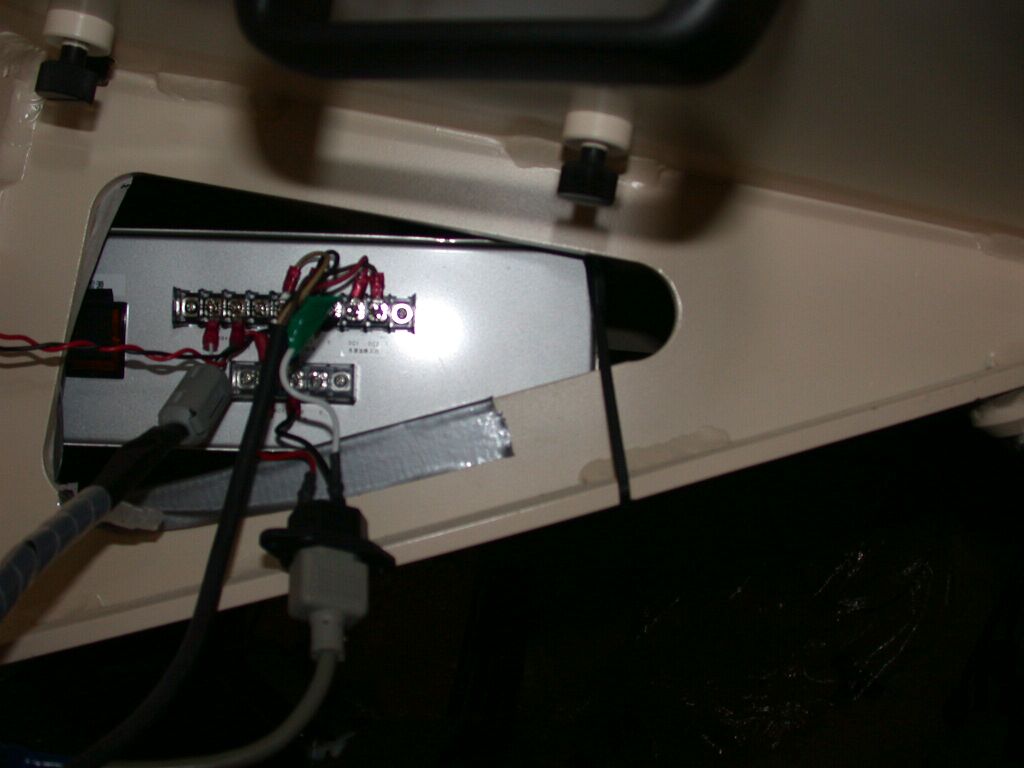FOCAS Cooler Start-up manual
Note
CCDs should be operated under -100C. To avoid dew condensation within
the dewar containing CCDs and the electronics circuit, they should be
kept under high vacuum environment while the cooler is operating.
Breaking the vacuum under <-10C would seriously damage the CCD
system.
Introduction
There are two electrical configurations of the cooler power supply:
External and Internal. Please understand which mode the FOCAS is in.
- External mode: the power is supplied from the wall outlet. Only
local power on/off can be possible.
- This is only for maintenance, or while the instrument exchange.
[wall outlet] --- (AC120V) ---
(A)
- Internal mode: the power is supplied from the flange. The power
is controlled remotely through computer-controlled solid state relay
(SSR).
- This is for normal operation while observing.
[flange power connector] ---
(AC120V) --- [FOCAS main power distribution panel --- breaker] --- [SSR
Relay] --- (B)
- (A) or (B) is connected to the cooler controller
(A) or (B) --- [cooler controller --- orange power
switch] --- (DC 12V) --- [cooler]

The cooler controller is mounted at the lower portion of the FOCAS.
White panel seen in the above picture is the controller. You can see an
orange
switch (covered with a black tape) at the left edge of the panel. The
orange
light is ON when the cooler is in operation. An AC-120V outlet (gray)
connected from the panel is the power supply socket (A) or (B). The
socket (B) is marked as "REMOTE".
- (A) or (B) is connected to the cooler controller. Internal or
External modes can be switched by re-connection of the power cable
manually.
Check items before powering on the cooler
- Vacuum gauge reads 3E-4 torr or less.
- An ion pump is running.
- External pump is detached.
Procedure for start cooling
- Check the vacuum condition (see above)
- Check which socket (A) or (B) is connected to the controller.
Replace the socket when requested to do so (ask SA).
- If in the remote mode (B is connected)
- open the FOCAS main power distribution panel, and check the
cooler breaker is ON.
- Ask SA to power it on remotely from the computer.
- If in the local mode (A is connected)
- Connect another power socket to the wall outlet.
- Check if the orange power switch is ON.
- Check the CCD temperature.
- If temperature drops 0.1C in about 30 second, it is normal.
Note that it will take a few minutes before the first temperature drop
of 0.1C due to heat resistance inside the CCD dewar.
- Wait for a while (~5 min.) to see the temperature goes down at
least 0.5C.
- Ask SA to monitor the temperature remotely.